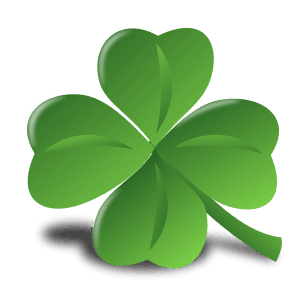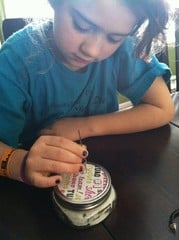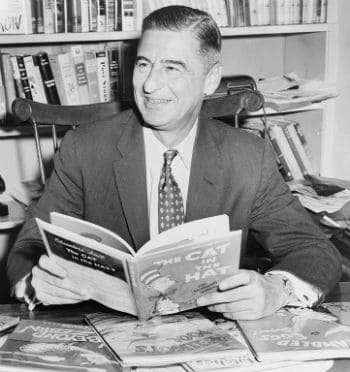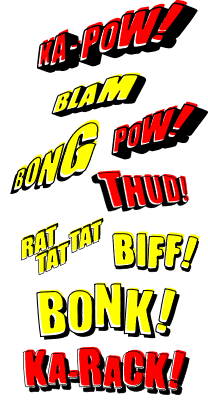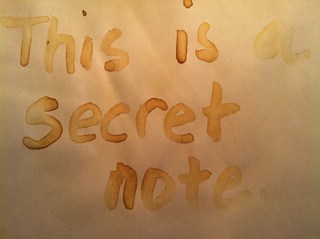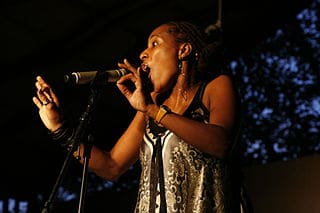
March 21st is World Poetry Day, so don’t miss out on your chance to celebrate all things poetic with the rest of the planet!
In 1999, the United Nations Educational, Scientific and Cultural Organisation – or UNESCO for short – decided to establish an event that would recognize the impact poetry has had on the arts and cultural life throughout human history, and so, in 2000, the first World Poetry Day took place!
It’s a time to support poets, who often work very hard with very little recognition, but is also a time to appreciate poetry from around the world.

